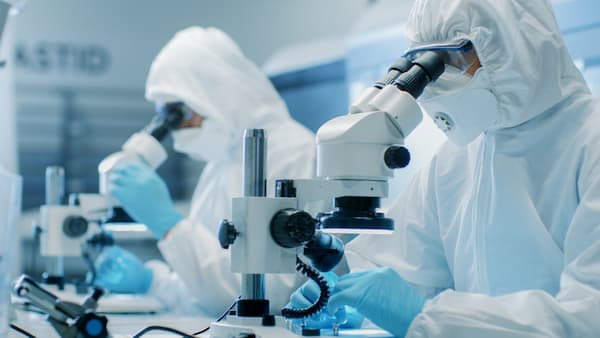Lab equipment refers to a diverse range of tools, instruments, and devices that are used by scientists, researchers, and technicians in laboratory settings. This equipment plays a crucial role in conducting experiments, analyzing samples, and carrying out various scientific tasks. From microscopes and pipettes to centrifuges and spectrophotometers, there are many different types of lab equipment that serve unique purposes.
The primary objective of lab equipment is to enable researchers and scientists to carry out experiments with precision, accuracy, and reliability. By using specialized equipment, they can collect, measure, and analyze data that would otherwise be impossible or very difficult to obtain. Additionally, lab equipment helps researchers to eliminate variables, reduce errors, and control experimental conditions to ensure consistent and reliable results. Lab equipment Oman
is an essential part of scientific research and development in fields such as biology, chemistry, physics, and engineering. Whether it is used to identify and isolate specific molecules or to test the properties of materials under different conditions, lab equipment enables scientists to study the natural world in greater detail and with more accuracy than ever before.
In this blog, we will explore some of the most common types of lab equipment, their functions, and why they are useful for scientific research.
1.Microscopes
Microscopes are essential lab equipment that allow scientists to observe and study objects that are too small to be seen with the naked eye. There are several types of microscopes, including optical microscopes, electron microscopes, and scanning probe microscopes.
Optical microscopes use visible light to magnify objects, allowing researchers to observe cells, tissues, and other small structures in detail. Electron microscopes, on the other hand, use beams of electrons to create highly detailed images of very small objects, such as atoms and molecules. Scanning probe microscopes are used to study the surface properties of materials at the nanoscale.
Microscopes are used in many fields, including biology, medicine, and materials science. They are essential for studying the structure and function of living organisms, identifying pathogens, and examining the properties of materials at the microscopic level.
2.Pipettes
Pipettes are tools used for measuring and transferring precise volumes of liquids. They come in various forms, including micropipettes, which can measure very small volumes, and graduated pipettes, which can measure larger volumes.
Pipettes are useful in many laboratory applications, such as preparing samples for analysis, mixing liquids, and adding reagents to reactions. They are also used for creating standards and calibrating instruments, ensuring that experiments are carried out with accuracy and precision.
3.Centrifuges
Centrifuges are used to separate substances of different densities, such as blood cells and plasma or DNA fragments of different sizes. They work by spinning samples at high speeds, which creates a centrifugal force that pushes denser substances to the bottom of the sample container.
Centrifuges are used in many fields, including biology, chemistry, and medicine. They are essential for isolating specific components from samples, such as DNA, RNA, and proteins, and for purifying biological samples for analysis.
4.Spectrophotometers
Spectrophotometers are instruments used to measure the intensity of light absorbed by a substance at different wavelengths. They are useful for determining the concentration of a particular substance in a sample, such as the concentration of a protein or the amount of a particular chemical in a solution.
Spectrophotometers are commonly used in chemistry, biochemistry, and biology. They are essential for analyzing samples in a quantitative manner, ensuring that experiments are carried out with accuracy and precision.
5.Balances
Balances are used for measuring the mass of objects or substances. There are many types of balances, including analytical balances, which can measure very small masses with high precision, and top-loading balances
Reference Link(OriginallyPosted: https://sites.google.com/view/ziebaq/what-is-lab-equipment-and-why-is-useful?authuser=1
https://www.homify.in/ideabooks/9371023/what-is-lab-equipment-and-why-is-useful


No comments yet